For the past year, I’ve been on an incredible journey transitioning to a plant-based diet. It all started when I stumbled upon a documentary about the health benefits of plant-based living, and I was intrigued enough to give it a try. Little did I know, it would be one of the best decisions of my life. Not only did I discover a newfound love for vibrant fruits and vegetables, but I also experienced remarkable improvements in my health and well-being. In this article, I’ll share my personal journey and dive into the myriad benefits of adopting a plant-based diet, along with a couple of challenges I encountered along the way.
Why I Chose a Plant-Based Diet
I was drawn to a plant-based diet for several reasons. For one, I had been feeling sluggish and low on energy for quite some time, and I was eager to find a natural way to boost my vitality. I was also aware of the environmental impact of meat production and wanted to contribute to a more sustainable planet. Furthermore, as someone who cares deeply about animal welfare, it was important to me to align my lifestyle with my values.
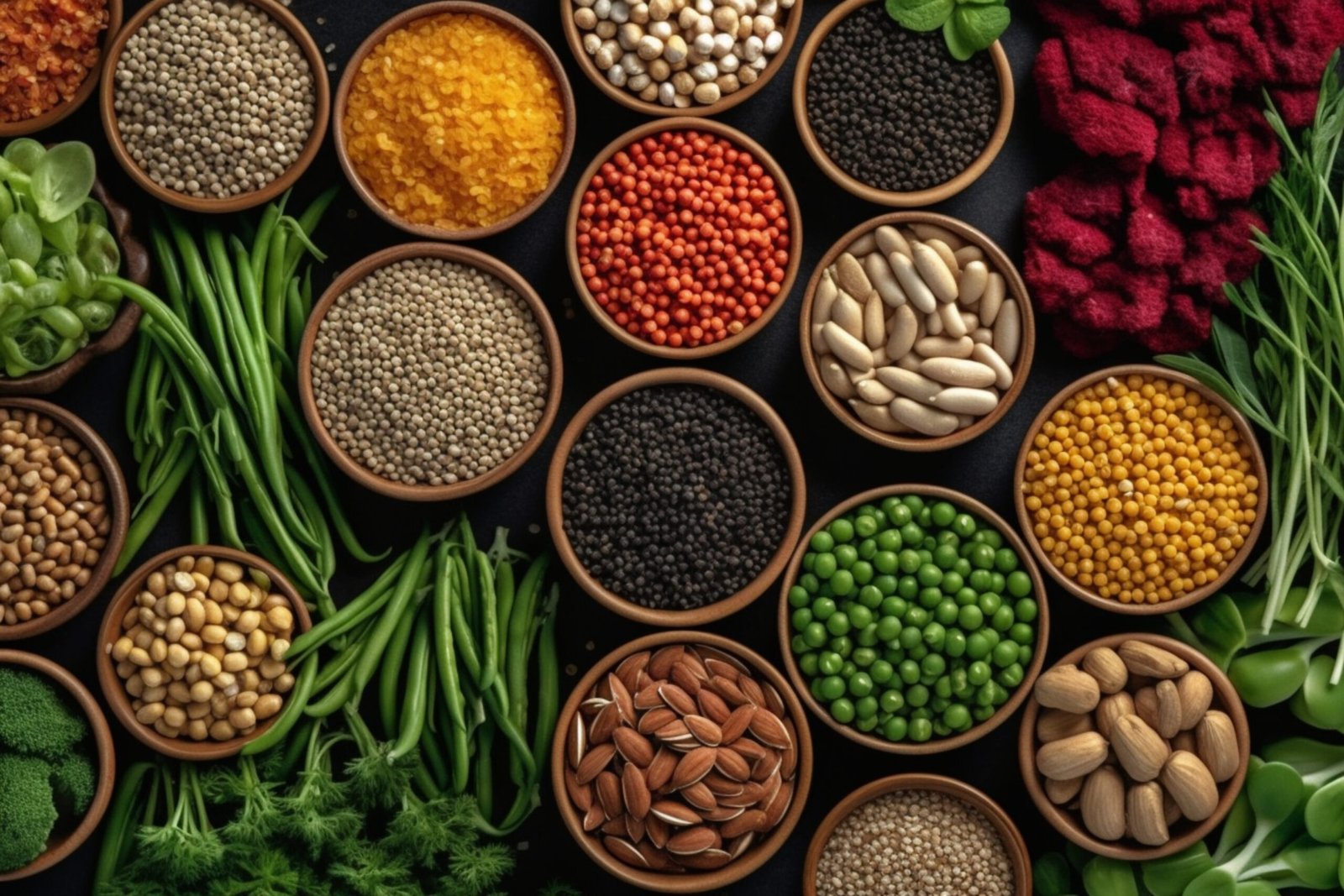
The Benefits of a Plant-Based Diet
As I embarked on my plant-based journey, I quickly discovered an array of benefits that have enhanced my life in more ways than I could have imagined. Here are some of the most significant advantages I experienced:

1. Improved Heart Health
One of the most remarkable benefits I noticed was a significant improvement in my heart health. A plant-based diet is naturally low in saturated fat and cholesterol, which are commonly found in animal products. By eliminating these from my diet, I was able to lower my blood pressure and cholesterol levels. Studies have shown that plant-based diets are associated with a reduced risk of heart disease, and I could certainly feel the difference.

2. Increased Energy Levels
Before transitioning to a plant-based diet, I often felt lethargic and relied heavily on caffeine to get through the day. However, once I began nourishing my body with nutrient-dense plant foods, I experienced a remarkable increase in my energy levels. Fruits, vegetables, whole grains, and legumes provided me with the vitamins and minerals my body needed to function optimally. I no longer felt the need to reach for that afternoon cup of coffee, as I had a steady source of natural energy throughout the day.

3. Better Digestion
Another significant improvement I noticed was in my digestive health. A plant-based diet is rich in fiber, which promotes healthy digestion and regular bowel movements. I no longer experienced the bloating and discomfort I once had after meals. Additionally, my gut microbiome seemed to flourish on a diet filled with diverse plant foods, leading to improved gut health overall.

4. Weight Management
One of the most surprising benefits of my plant-based journey was the positive impact it had on my weight. Without even trying, I lost a few pounds and found it easier to maintain a healthy weight. Plant-based diets are typically lower in calories and higher in nutrients, making it easier to achieve and sustain a healthy body weight. Additionally, I noticed a reduction in cravings for unhealthy, processed foods, which contributed to my overall well-being.
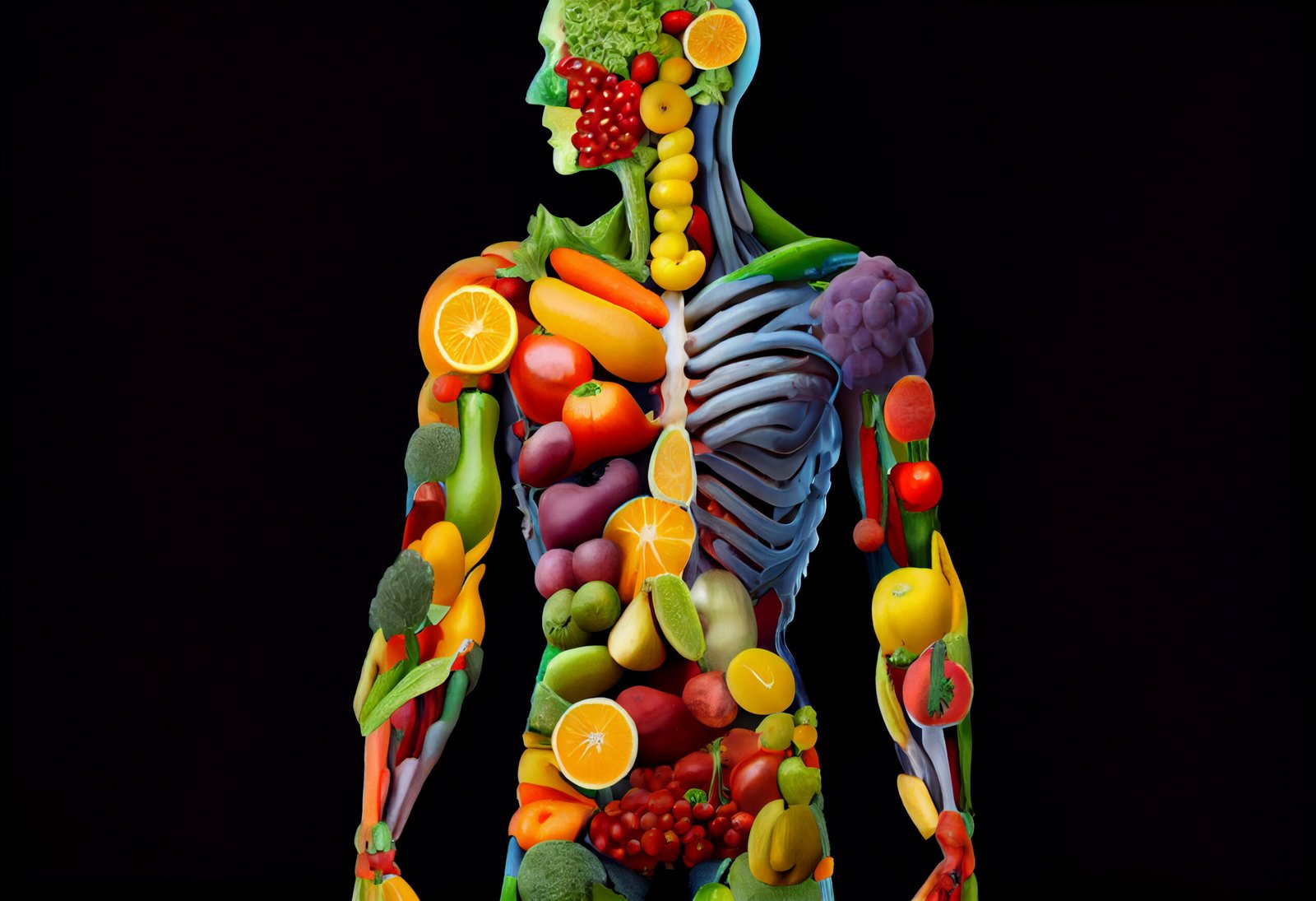
5. Enhanced Nutrient Intake
Switching to a plant-based diet opened my eyes to the vast array of delicious and nutritious foods I had been missing out on. I began experimenting with new fruits, vegetables, grains, and legumes, and I was amazed at the variety of flavors and textures available. As a result, my nutrient intake improved significantly, and I felt more nourished than ever before. Plant-based diets are rich in vitamins, minerals, antioxidants, and phytochemicals that support overall health and well-being.

6. Improved Skin Health
One unexpected benefit of my plant-based journey was the positive impact it had on my skin. I had struggled with acne for years, and I was amazed to see a noticeable improvement in my complexion. The abundance of vitamins, antioxidants, and healthy fats in plant-based foods contributed to clearer, more radiant skin. Additionally, the elimination of dairy products, which are often linked to skin issues, seemed to play a role in my improved skin health.

7. Reduced Risk of Chronic Diseases
One of the most compelling reasons to adopt a plant-based diet is its potential to reduce the risk of chronic diseases. Research has shown that plant-based diets are associated with a lower risk of conditions such as type 2 diabetes, certain cancers, and hypertension. By prioritizing whole, plant-based foods, I felt empowered to take control of my health and reduce my risk of developing these serious conditions.

8. Positive Impact on Mental Health
In addition to the physical benefits, I also noticed a positive impact on my mental health. A plant-based diet is rich in nutrients that support brain health, such as omega-3 fatty acids, folate, and antioxidants. I found that my mood was more stable, and I felt a greater sense of mental clarity and focus. Additionally, knowing that I was making choices that aligned with my values and contributing to a more sustainable world gave me a sense of purpose and fulfillment.

9. Environmental Sustainability
One of the driving forces behind my decision to adopt a plant-based diet was the desire to reduce my environmental footprint. Animal agriculture is a significant contributor to greenhouse gas emissions, deforestation, and water pollution. By choosing plant-based foods, I felt empowered to make a positive impact on the planet. I learned that even small changes in our dietary choices can contribute to a more sustainable and environmentally-friendly world.

A Day in My Plant-Based Life
To give you a glimpse into what a plant-based lifestyle looks like for me, here’s a typical day of meals:
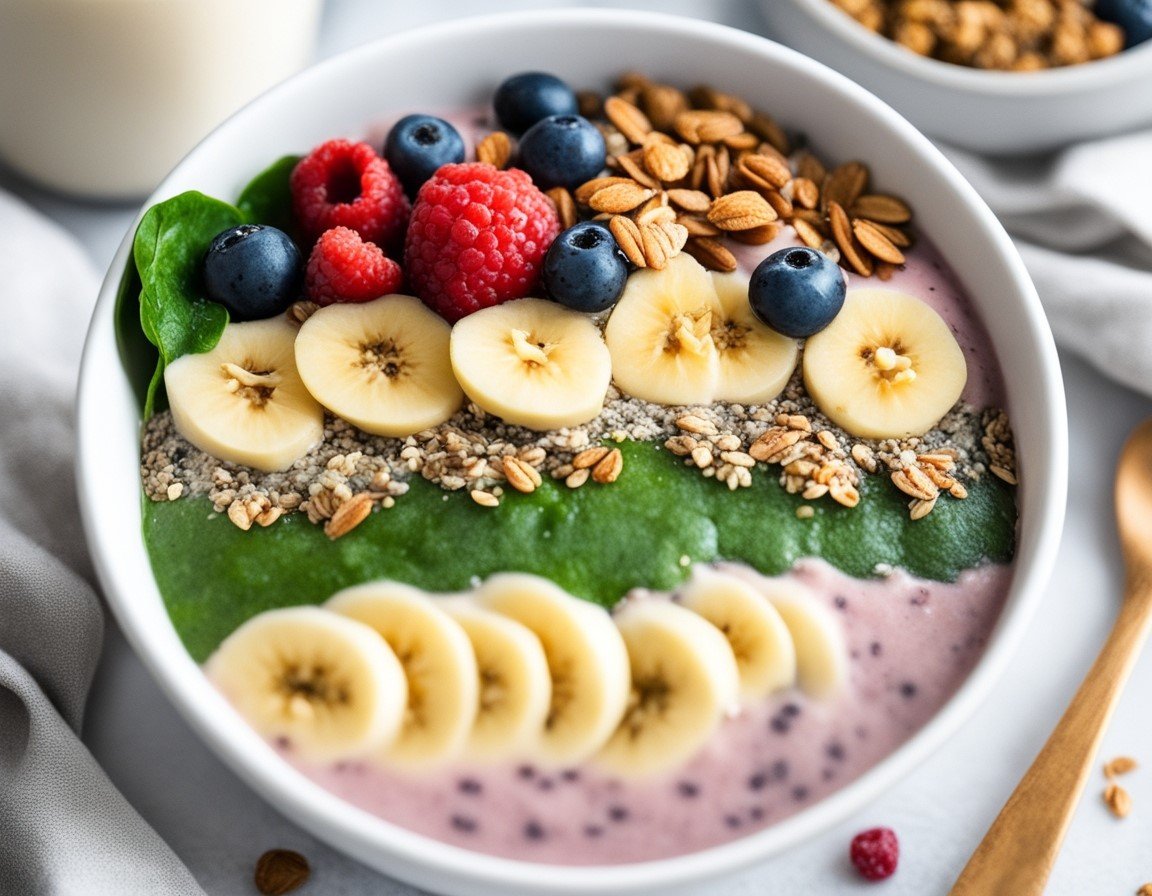
Breakfast: A smoothie bowl with spinach, banana, berries, almond milk, and topped with granola and chia seeds.
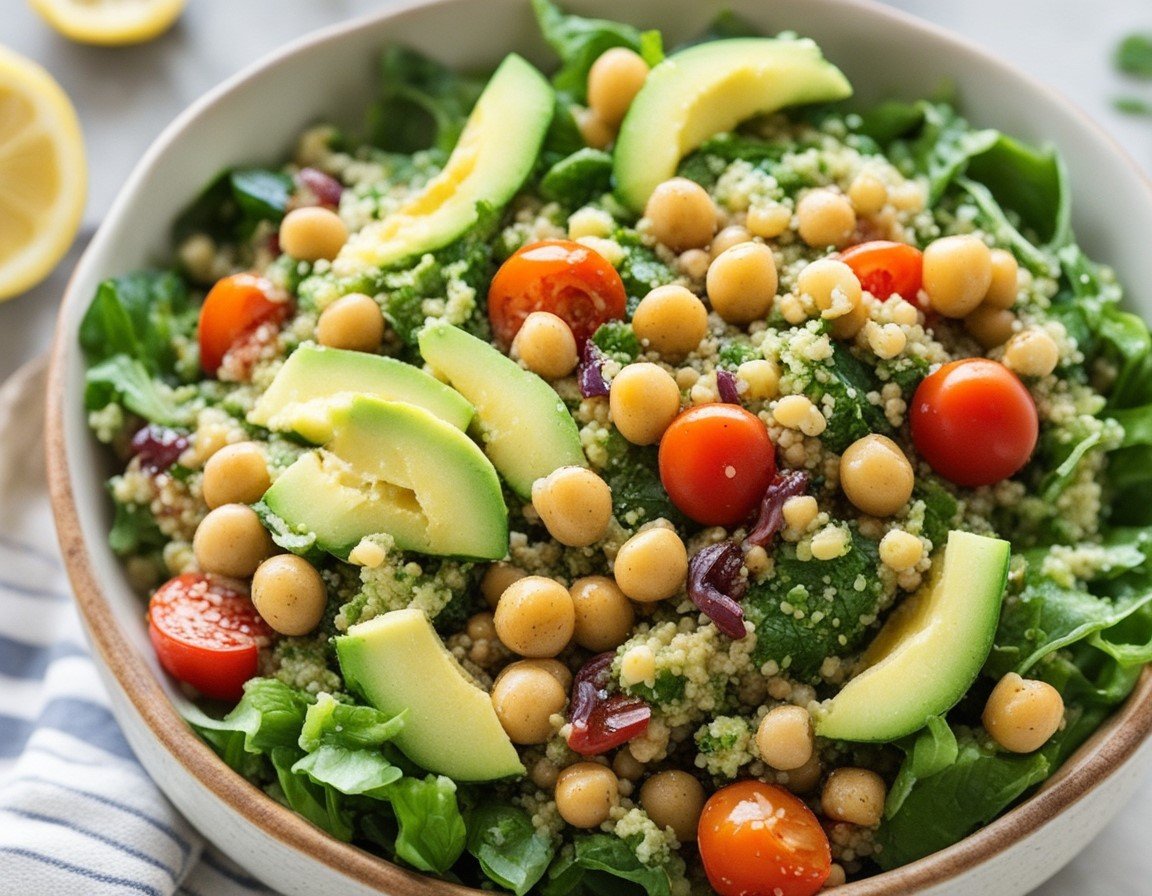
Lunch: A hearty quinoa salad with mixed greens, cherry tomatoes, cucumber, avocado, chickpeas, and a lemon-tahini dressing.
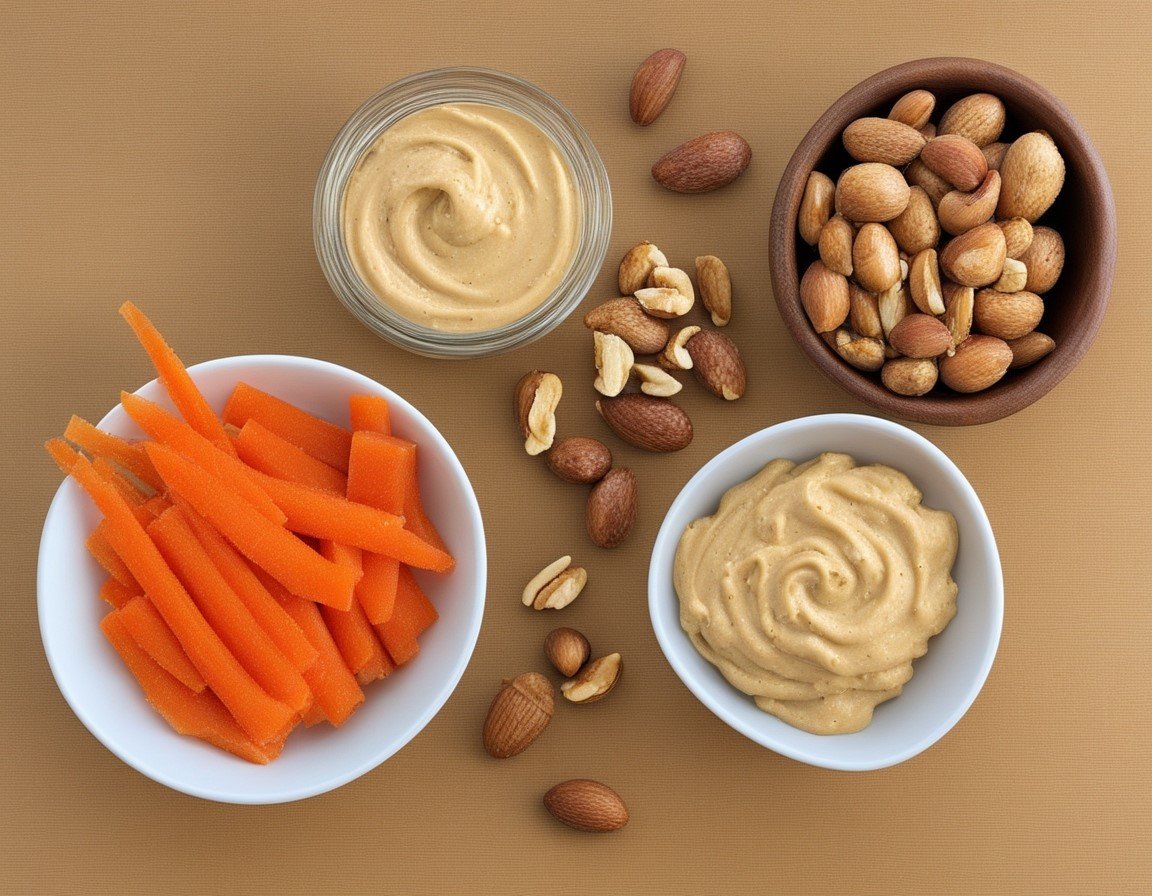
Snack: Carrot sticks and hummus, or a handful of mixed nuts.

Dinner: A vegetable stir-fry with tofu, broccoli, bell peppers, carrots, and brown rice, seasoned with soy sauce and ginger.

Dessert: A bowl of fresh fruit, or a few squares of dark chocolate.
Minor Drawbacks of a Plant-Based Diet
While my experience with a plant-based diet has been overwhelmingly positive, it’s important to acknowledge that there are a couple of challenges I encountered along the way.
1. Social Situations and Dining Out
One of the minor drawbacks I faced was navigating social situations and dining out. Many social gatherings and restaurants tend to revolve around animal-based foods, which can sometimes make it challenging to find plant-based options. However, I found that with a little creativity and planning, I could still enjoy dining out and socializing with friends and family. Many restaurants are now offering plant-based options, and I learned to communicate my dietary preferences politely and confidently.
2. Initial Adjustment Period
Transitioning to a plant-based diet did require an initial adjustment period. I had to learn how to plan balanced meals, ensure I was getting enough protein, and experiment with new recipes. However, with time and practice, I became more comfortable and confident in my ability to create delicious and satisfying plant-based meals. The support of online communities and resources also made the transition smoother.
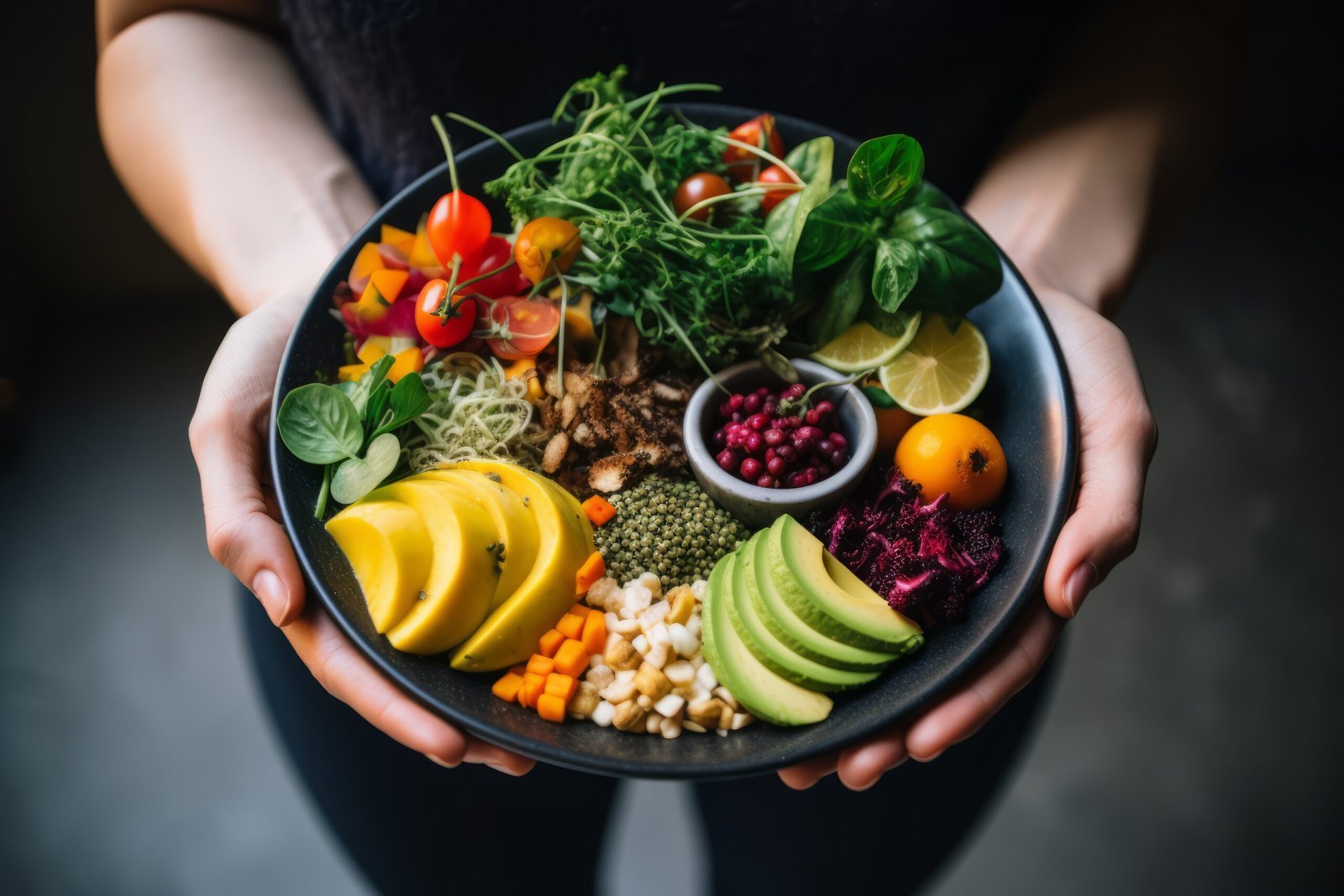
Tips for Transitioning to a Plant-Based Diet
If you’re considering adopting a plant-based diet, here are some tips that helped me along the way:

Start Gradually: Transitioning to a plant-based diet doesn’t have to happen overnight. Start by incorporating more plant-based meals into your routine and gradually reducing your intake of animal products.
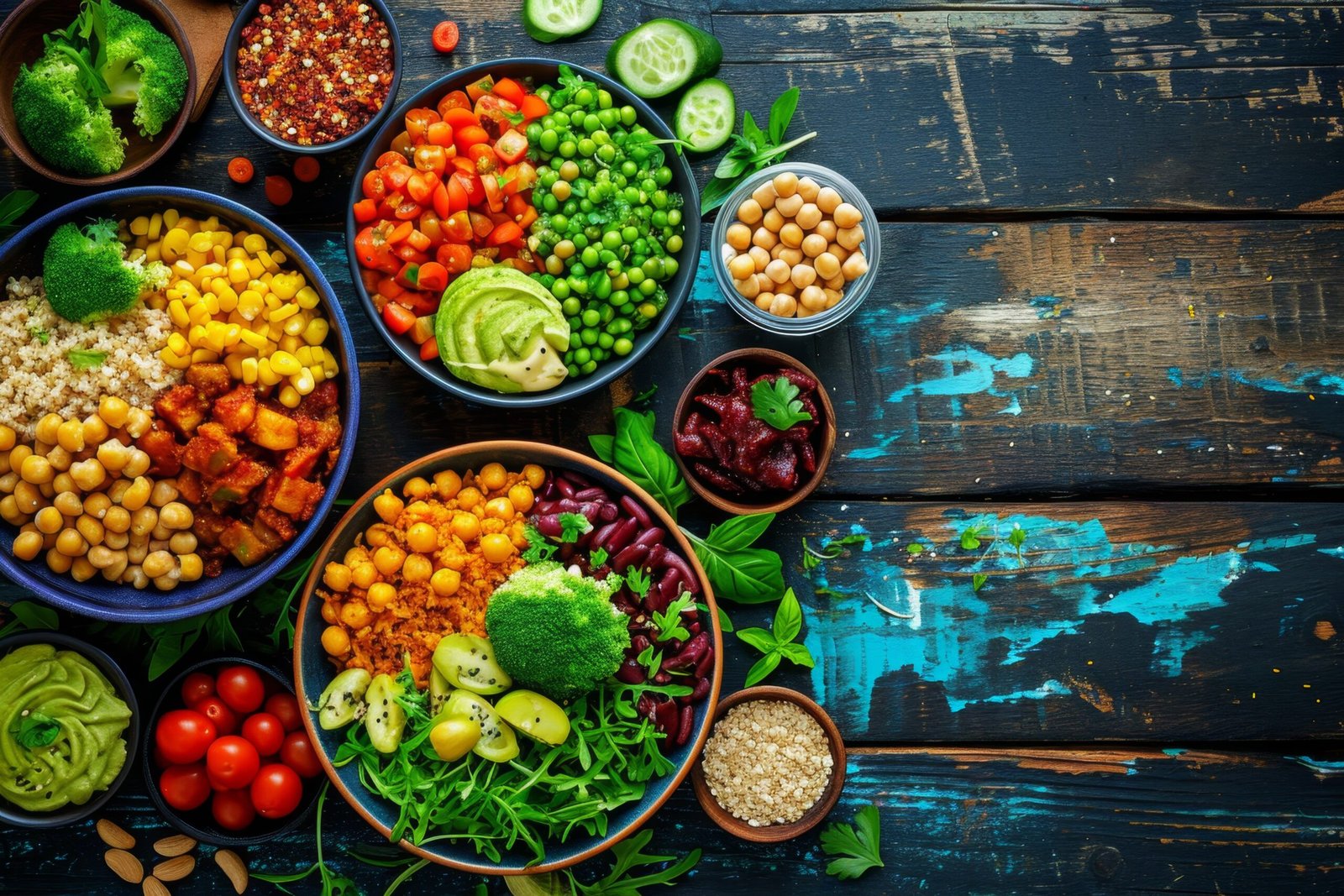
Experiment with New Foods: Embrace the opportunity to try new fruits, vegetables, grains, and legumes. Experiment with different cooking methods and flavors to discover what you enjoy.
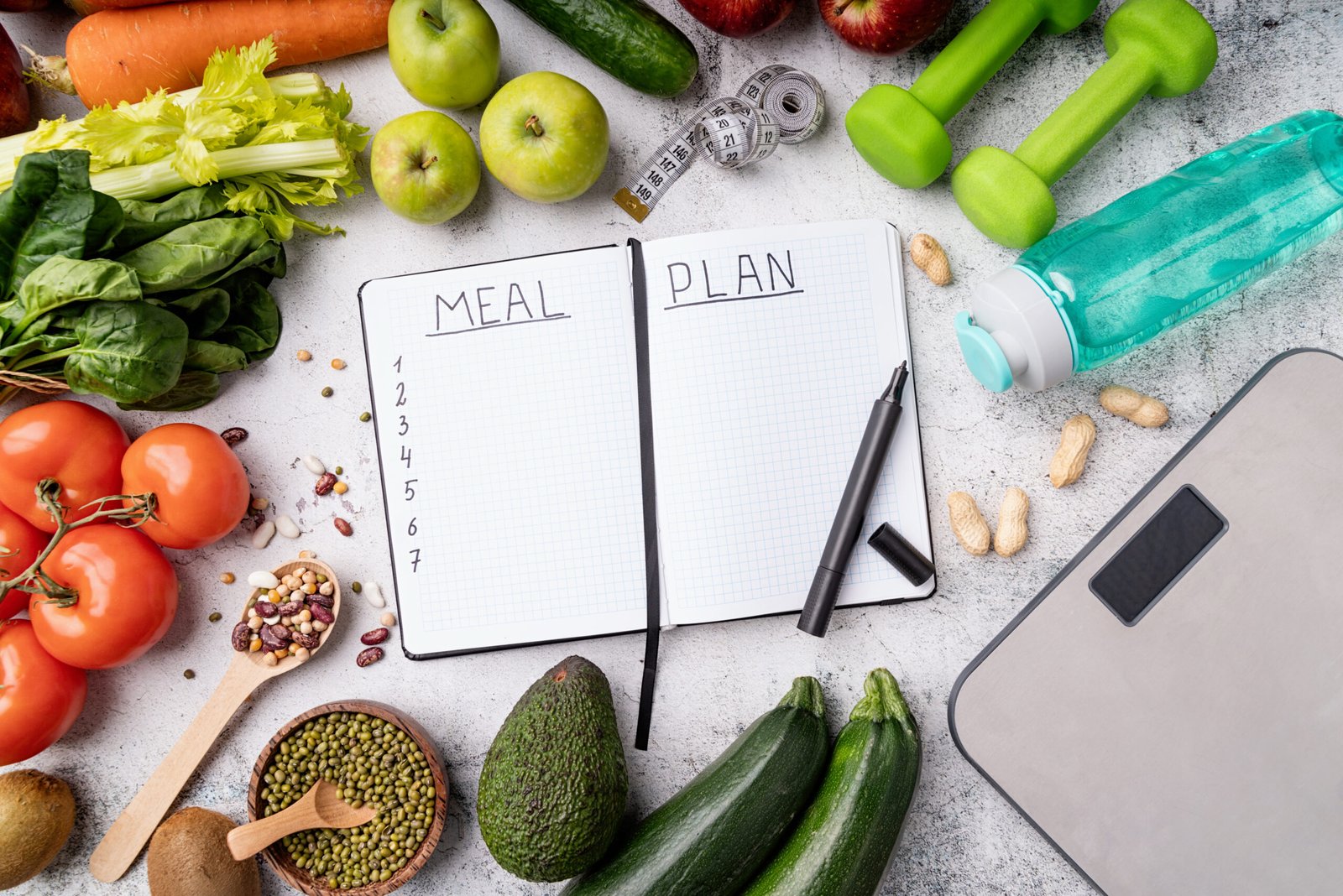
Plan Your Meals: Planning your meals in advance can help ensure that you’re getting a variety of nutrients and prevent you from feeling overwhelmed or unprepared.

Find Support: Join online communities, follow plant-based bloggers, and connect with others who are on a similar journey. Having a support system can make the transition more enjoyable and motivating.

Listen to Your Body: Pay attention to how your body responds to different foods and make adjustments as needed. Everyone’s nutritional needs are unique, so it’s important to find what works best for you.
Conclusion
Embracing a plant-based diet has been a life-changing experience for me. The benefits I have experienced, from improved heart health and increased energy levels to enhanced skin health and a reduced risk of chronic diseases, have been truly remarkable. While there are minor challenges to navigate, the positive impact on my physical and mental well-being, as well as the environment, far outweighs any drawbacks.
If you’re considering making the switch to a plant-based diet, I encourage you to take the leap and explore the incredible benefits it has to offer. Whether you’re motivated by health, sustainability, or compassion for animals, a plant-based lifestyle has the power to transform your life and contribute to a brighter, more sustainable future.

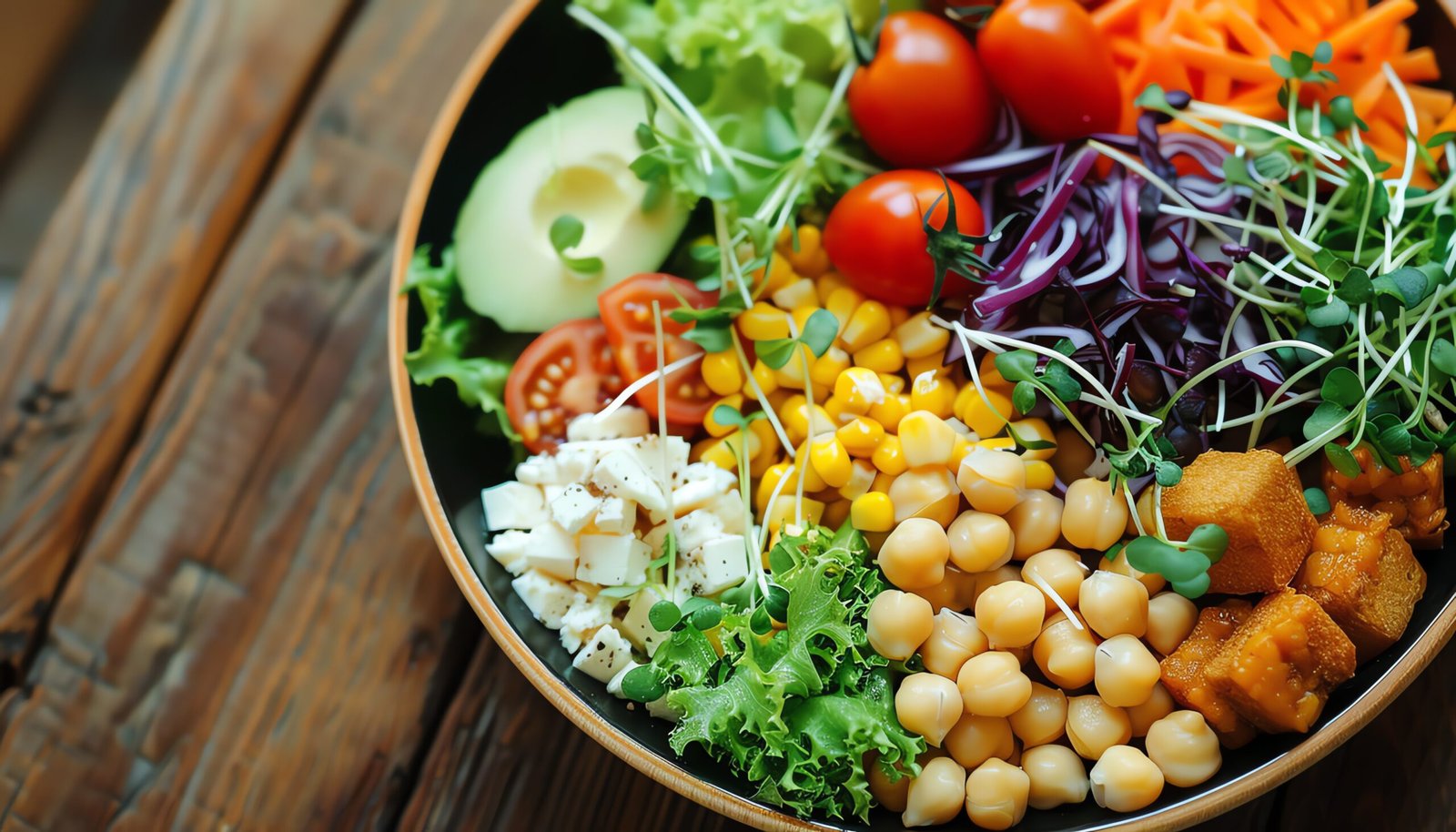

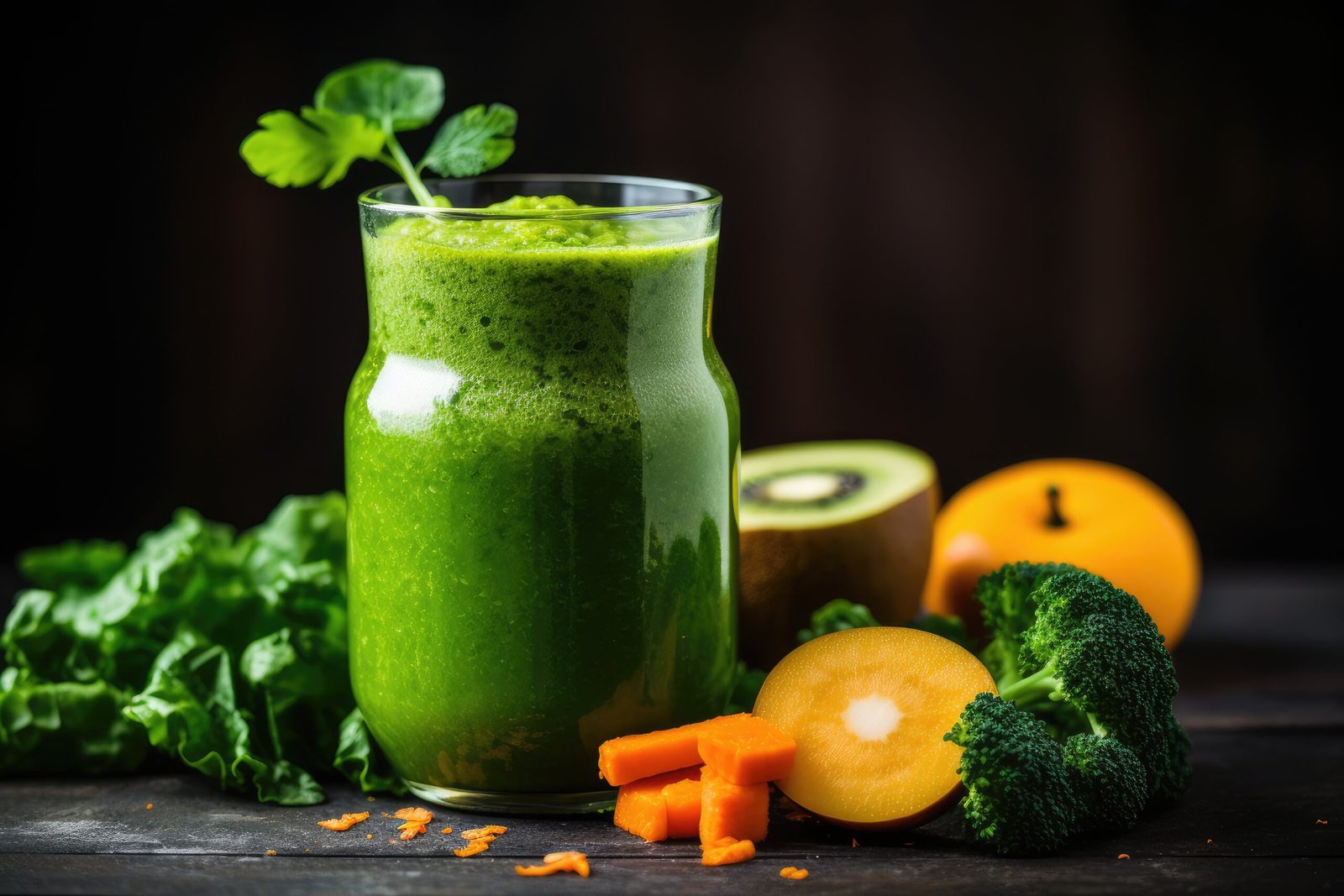






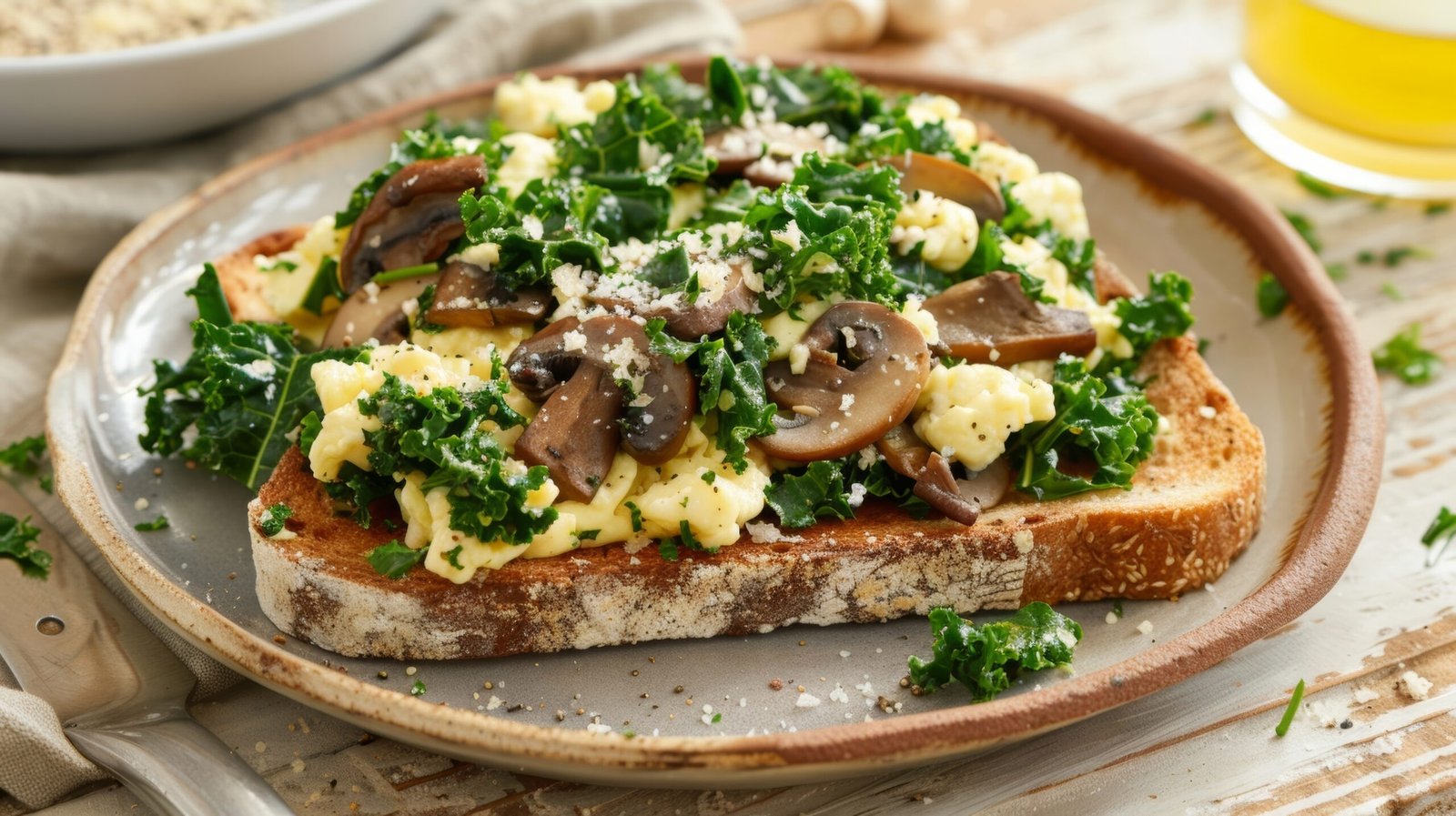

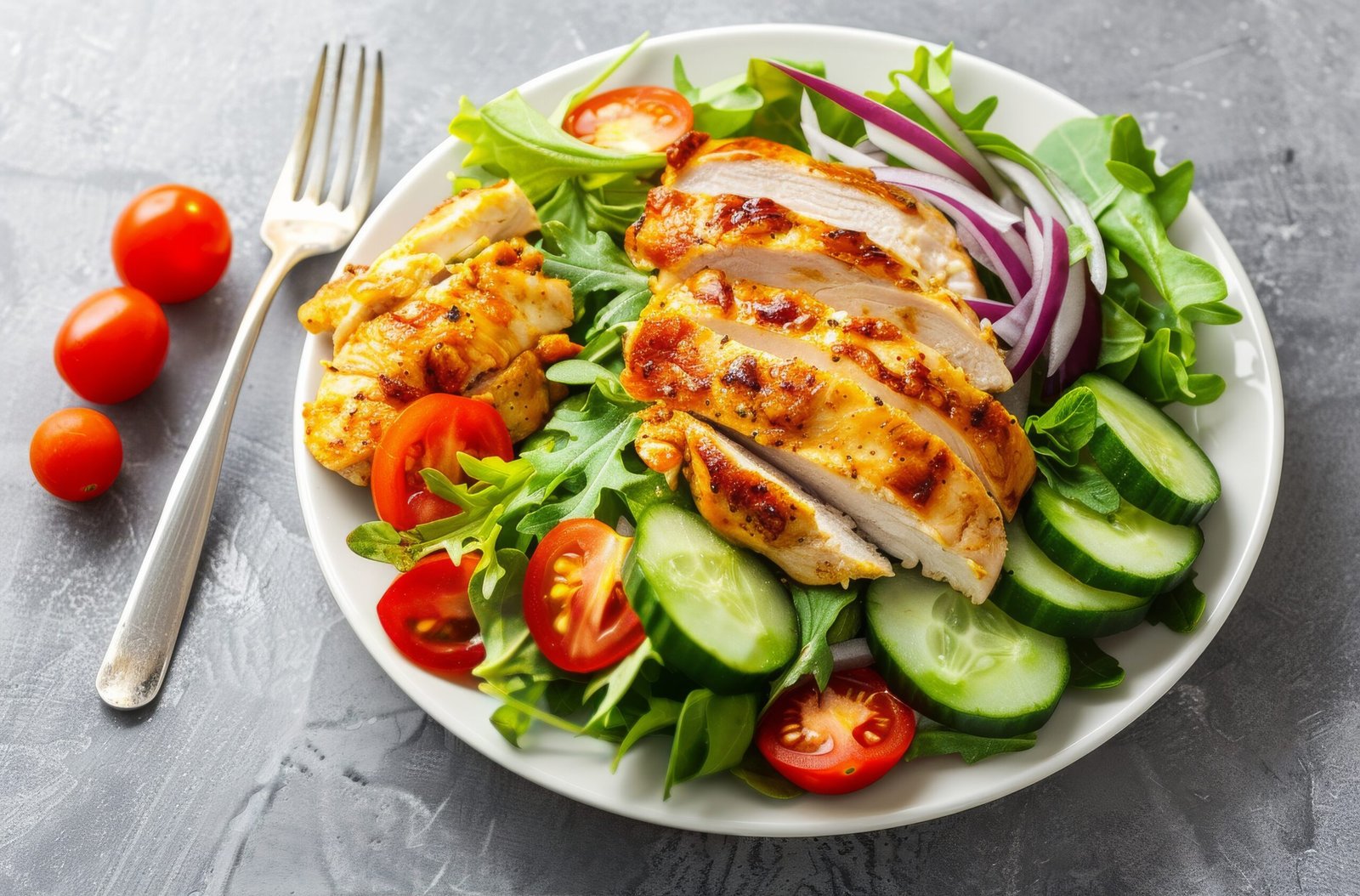






0 Comments